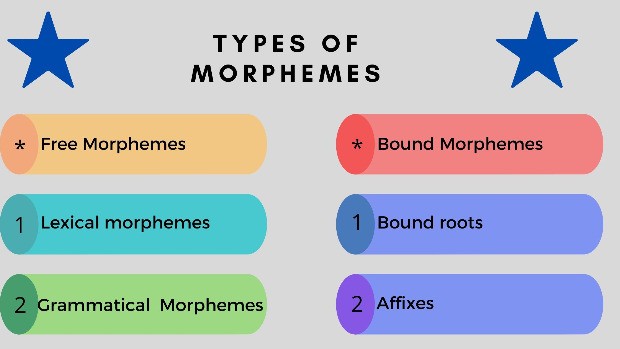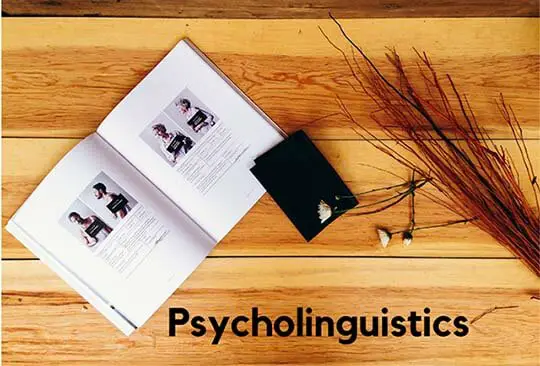Last updated on June 18th, 2025 at 11:37 am
The ‘Word Formation Process’ is regarded as a branch of Morphology. It plays a significant role in expanding our vocabulary, which helps us communicate smoothly. The main objectives of the word-formation process are to form new words with the same root by deploying different rules or processes.
In other words, we can say that the word-formation process is a process in which new words are formed by modifying the existing terms or completely changing those words. Word formation processes help us turn old words into new ones, combine two words to make a fresh one, or even borrow cool words from other languages.
In this lesson, we’ll explore the most common word formation processes such as derivation, back formation, conversion, compounding, clipping, blending, abbreviation, acronyms, and borrowing. We’ll also look at simple examples to help you recognize and use these words confidently.
What Are Word Formation Processes?
Quick Navigation
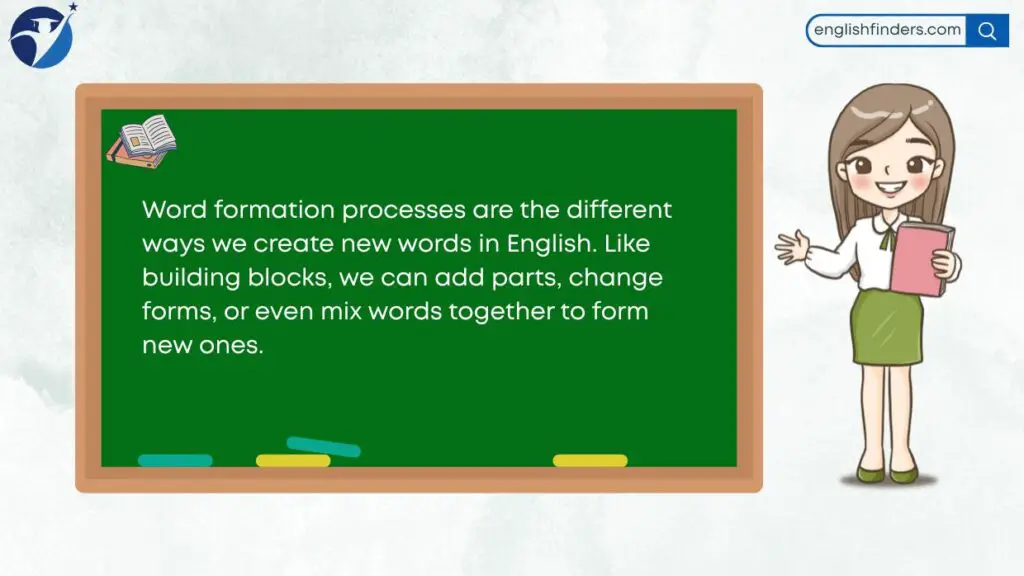
Word formation processes are the different ways we create new words in English. Just like building blocks, we can add parts, change forms, or even mix words together to form new ones. These processes help the language grow and keep up with new ideas, inventions, and trends.
Think about how the word email didn’t exist a few decades ago. Now it’s something we use every day! Or how we can say text as both a noun and a verb—“I got a text” and “I’ll text you later.” These changes happen because of word formation processes.
Here’s why they matter:
- ✅ They help you learn vocabulary faster.
- ✅ You’ll understand unfamiliar words by breaking them down.
- ✅ You’ll sound more natural and confident when you speak or write.
Common Word Formation Processes (with Easy Examples)
| Process | Definition | Example |
|---|---|---|
| Derivation | Adding prefixes or suffixes to a word | happy → unhappiness |
| Back Formation | Making a new word by removing a derivational affix | editor → edit |
| Conversion | Changing the word’s function without changing its form | email (noun) → email (verb) |
| Compounding | Joining two or more words to form one | tooth + brush = toothbrush |
| Clipping | Shortening a longer word | telephone → phone |
| Blending | Mixing parts of two words | breakfast + lunch = brunch |
| Abbreviation | Using short forms of words | Mr., Dr., etc. |
| Acronyms | Using initials to form a new word | NASA, LOL |
| Borrowing | Taking words from other languages | piano (Italian), taco (Spanish) |
9 Essential Word Formation Processes
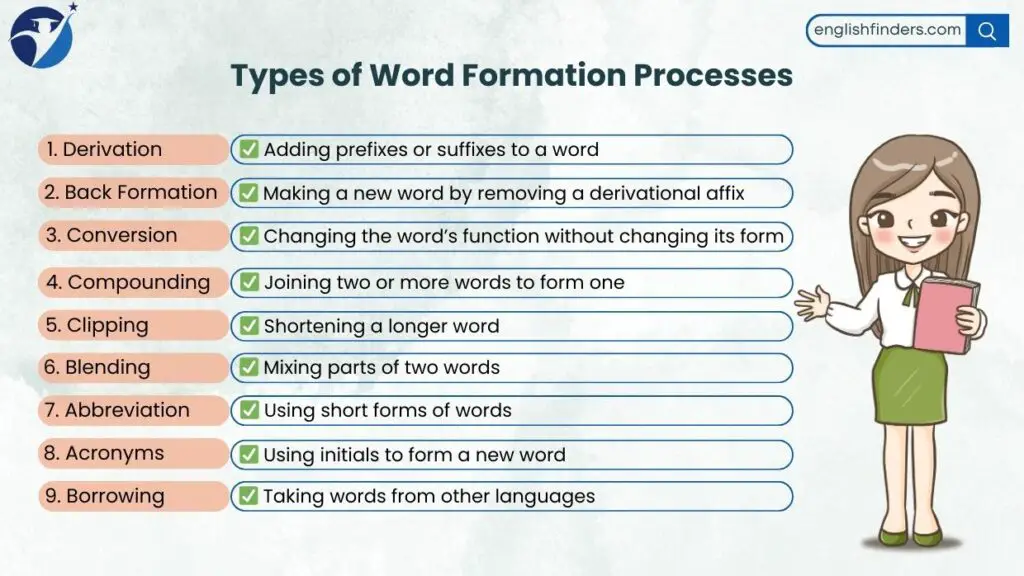
Let us see the fundamental word-formation processes in linguistics:
Derivation
‘Derivation’ is the most common word-formation process that attaches derivation affixes to the main form to create a new word. For example, when you add the prefix un- to the adjective happy, you form the word unhappy. Similarly, adding the suffix -ness to the adjective happy gives you happiness. In both cases, the root word (happy) remains unchanged, but the new words have different meanings.
Affixes (prefixes or suffixes) are regarded as bound morphemes. A morpheme is the smallest meaningful syntactical or grammatical unit of a language that cannot be divided without changing its meaning. In contrast to the free morpheme, a bound morpheme doesn’t have any independent meaning, and it needs the help of a free morpheme to form a new word.
Let us see some examples of derivation in the table below:
| Base Forms | New Words |
| Appear | Disappear |
| Justice | Injustice |
| Lighten | Enlighten |
| Friend | Friendship |
| Happy | Happiness |
Back Formation
‘Back Formation’ is a word-formation process that eliminates the actual derivational affix from the main form to create a new word. However, Back-Formation is contrary to derivation in terms of forming new words. Let us see some examples of Back-Formation in the table below:
| Base Forms | Back Formation |
| Insertion | Insert |
| Donation | Donate |
| Precession | Process |
| Obsessive | Obsess |
| Resurrection | Resurrect |
Conversion
In conversion, a word of one grammatical form converts into another without changing spelling or pronunciation. For example, the term ‘Google’ originated as a noun before the verb. A few years ago, we only used the term as a noun (search it on Google), but now we say ‘Google it.
Conversion is especially common in English because the language has relatively simple inflectional morphology. The same word can easily shift from one part of speech to another depending on how it is used in a sentence. Let us see some examples of conversion in the table below:
| Noun | To Verb |
| Access | – to access |
| – to google | |
| – to email | |
| Name | – to name |
| Host | – to host |
| Verb | To Noun |
| To hope | Hope |
| To cover | Cover |
| To increase | Increase |
| To attack | Attack |
Compounding
Compounding involves combining two or more words to create a new word. The result can be a single word (closed compound), a hyphenated word (hyphenated compound), or two separate words that function together (open compound). Let us see some examples in the table below:
| Words | Compounding Words |
| Class+room | Classroom |
| Note+book | Notebook |
| Break+up | Breakup |
| Brother+in+law | Brother in law |
| High+light | Highlight |
Clipping
‘Clipping’ is another essential word-formation process that reduces or shortens a word without changing the exact meaning. In contrast to the back-formation process, it preserves the original meaning.
Clipping is divided into four types. They are:
- Back Clipping
- Fore Clipping
- Middle Clipping
- Complex Clipping
Every Clipping has different roles in words when they are assigned. Back Clipping removes the end part of a word; Fore Clipping removes the beginning part of a word; Middle Clipping reserves the middle position. Finally, Complex Clipping removes multiple pieces from multiple words.
Let us see some examples in the table below:
| Words | Clippings |
| Advertisement | Ad |
| Photograph | Photo |
| Telephone | Phone |
| Influenza | Flue |
| Cabletelegram | Cablegram |
Blending
Blending occurs when two words are combined, but parts of the original words are dropped. The result is a new word that retains elements of both. Blending is often playful and creative, producing terms that reflect modern culture or everyday concepts in a concise and sometimes humorous way. Let us see some examples in the table below:
| Words | Blendings |
| Breakfast+lunch | Brunch |
| Biographical+picture | Biopic |
| Motor+hotel | Motel |
| Spanish+English | Spanglish |
| Telephone+marathon | Telethon |
Abbreviation
‘Abbreviation’ is another famous and widely used word-formation method used to shorten a word or phrase. In the modern era, ‘Abbreviation is becoming more popular. Nowadays, people use it everywhere. Let us see some examples in the table below:
| Words/Phrases | Abbreviation |
| Junior | Jr. |
| Mister | Mr. |
| Mistress | Miss. |
| Doctor | Dr. |
| Department | Dept. |
| Bachelor of Arts | B.A. |
| Master of Arts | M.A. |
| Master of Business Administration | MBA |
Acronyms
An Acronym is a popular word-formation process in which an initialism is pronounced as a word. It forms from the first letter of each word in a phrase, and the newly formed letters create a new word that helps us with speedy communication. For example, ‘PIN’ is an initialism for Personal Identification Number used as the word ‘pin.’
However, let us see some other famous examples of acronyms in the table below for a better understanding:
| Acronyms | Words/Phrases |
| HIV | Human Immunodeficiency Virus |
| AIDS | Acquired Immunodeficiency Syndrome |
| NASA | National Aeronautics and Space Administration |
| ASAP | As Soon As Possible |
| AWOL | Absent Without Leave |
Borrowing
Borrowing is the process of adopting words from other languages. English, in particular, has borrowed extensively from languages like French, Latin, Greek, and others throughout its history. Let us see some English words that are borrowed from another language:
| Algebra | Arabic |
| Cherub | Hebrew |
| Murder | French |
| Pizza | Italian |
| Tamale | Spanish |
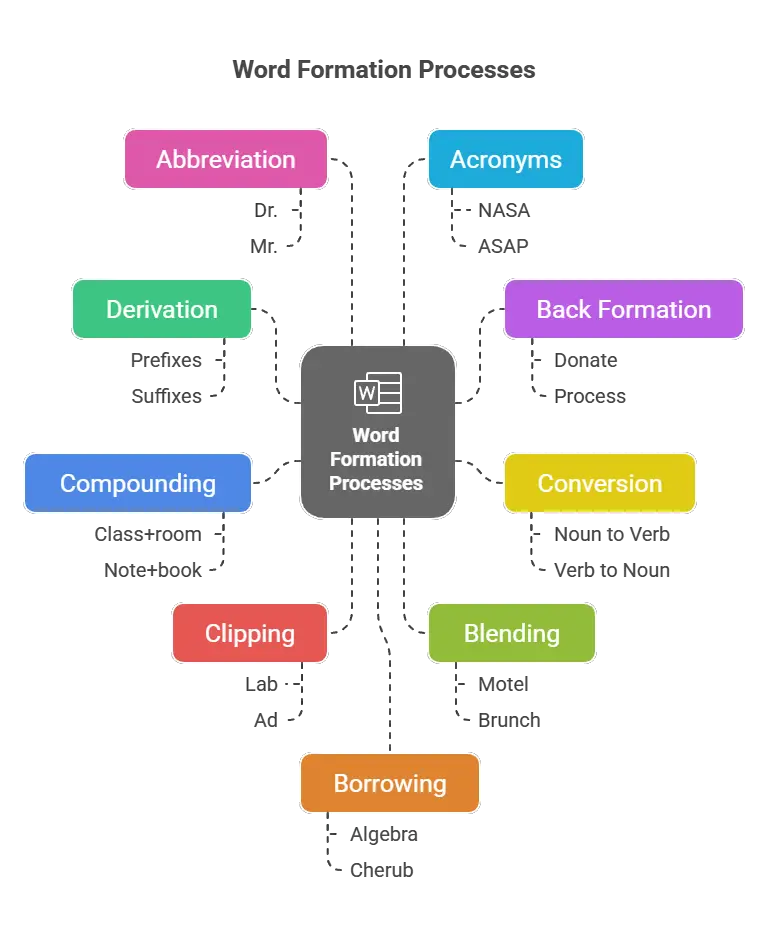
Conclusion
Now we know that Word-Formation Processes are the methods by which words are formed by deploying different types of rules. We can create new words by following the above word-formation methods.
We need to do one thing: we have to follow the fundamental rules or processes of word formation.
Frequently Asked Questions
What is the most common word formation process in English?
Derivation, where new words are created by adding prefixes or suffixes, is one of the most common processes in English.
How does compounding differ from blending?
Compounding combines whole words to form a new word, while blending merges parts of words together.
Why is borrowing so important in English?
Borrowing allows English to incorporate concepts, terms, and items from other cultures, enriching its vocabulary.

Azizul Hakim is the founder & CEO of englishfinders.com. He is a passionate writer, English instructor, and content creator. He has completed his graduation and post-graduation in English language and literature.


